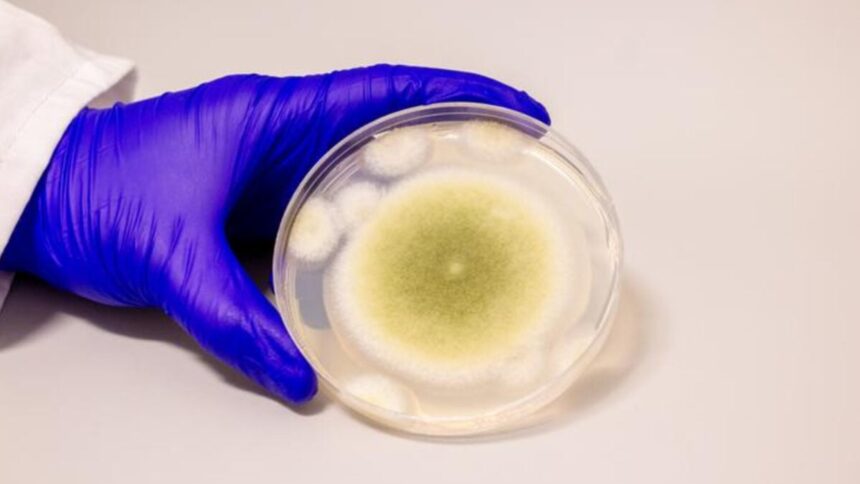In the 1920s, a number of workers on the excavation team that uncovered King Tutankhamun’s tomb met untimely deaths. Five decades later, 10 out of 12 scientists died after entering the tomb of the 15th-century Polish King Casimir IV. In both cases, researchers suggested that fungal spores could have played a role in the mysterious deaths, specifically identifying the fungus Aspergillus flavus within the Polish burial.
A. flavus is now making a comeback, but not as a reawakened killer from ancient tombs, but instead as a surprisingly effective cancer-fighting compound. By modifying a newly identified molecule found in the fungus, the researchers created a compound that performed as effectively against leukemia cells as FDA-approved drugs.
The molecules at the center of these anti-cancer properties, known as ribosomally synthesized and post-translationally modified peptides, or RiPPs, are a diverse group of natural molecules assembled by the ribosome (which makes proteins) and later modified by enzymes. They conduct many different biological activities, some of which are already known for their anti-cancer properties.
To date, researchers have identified only a handful of RiPPs in fungi—which is significantly less than the thousands previously discovered in bacteria. Part of the problem is that scientists didn’t fully understand how fungi create RiPPs.
“The synthesis of these compounds is complicated,” Qiuyue Nie, a postdoctoral fellow at the University of Pennsylvania’s Department of Chemical and Biomolecular Engineering, said in a university statement. “But that’s also what gives them this remarkable bioactivity.”
Genetic analysis suggested that a specific A. flavus protein could be a source of fungal RiPPs. Sure enough, when Nie and her colleagues turned off the genes responsible for said protein, RiPPs’ chemical markers also vanished. Using this approach, the team discovered four different A. flavus RiPPs with a previously undocumented structure of interlocking rings. After researchers purified these RiPPs, which they named asperigimycins, two of the four unique molecules performed well against human leukemia cells without further modifications.
When mixed with a lipid (a fatty molecule), a separate RiPPs variant performed as well as cytarabine and daunorubicin, both of which are long-established FDA-approved leukemia drugs. To investigate this lipid’s enhancement properties, the researchers went back to turning genes off and on. In this way, they identified a gene associated with the process that lets enough asperigimycins into the cancer cells.
“This gene acts like a gateway,” said Nie, the first author of the study published Monday in Nature Chemical Biology. “It doesn’t just help asperigimycins get into cells, it may also enable other ‘cyclic peptides’ to do the same.” Cyclic peptides are other chemicals with known medicinal properties. “Knowing that lipids can affect how this gene transports chemicals into cells gives us another tool for drug development,” Nie added.
The researchers also discovered that asperigimycins might disrupt the process of cell division—which is good news for cancer treatment, since cancer consists of uncontrolled cell division. Furthermore, the compounds had little to no effect on breast, liver, or lung cancer cells, as well as on a number of bacteria and fungi. While this might sound like a negative thing, asperigimycins’ potentially targeted impact would be an important characteristic for future medications. Moving forward, the researchers aim to test asperigimycins in animal trials.
The recent study investigates a promising new cancer therapy, but it also paves the way for future research into fungal medicines.
“Nature has given us this incredible pharmacy,” said Sherry Gao, senior author of the study and an associate professor also in the University of Pennsylvania’s Department of Chemical and Biomolecular Engineering. “It’s up to us to uncover its secrets.”
Read the full article here












